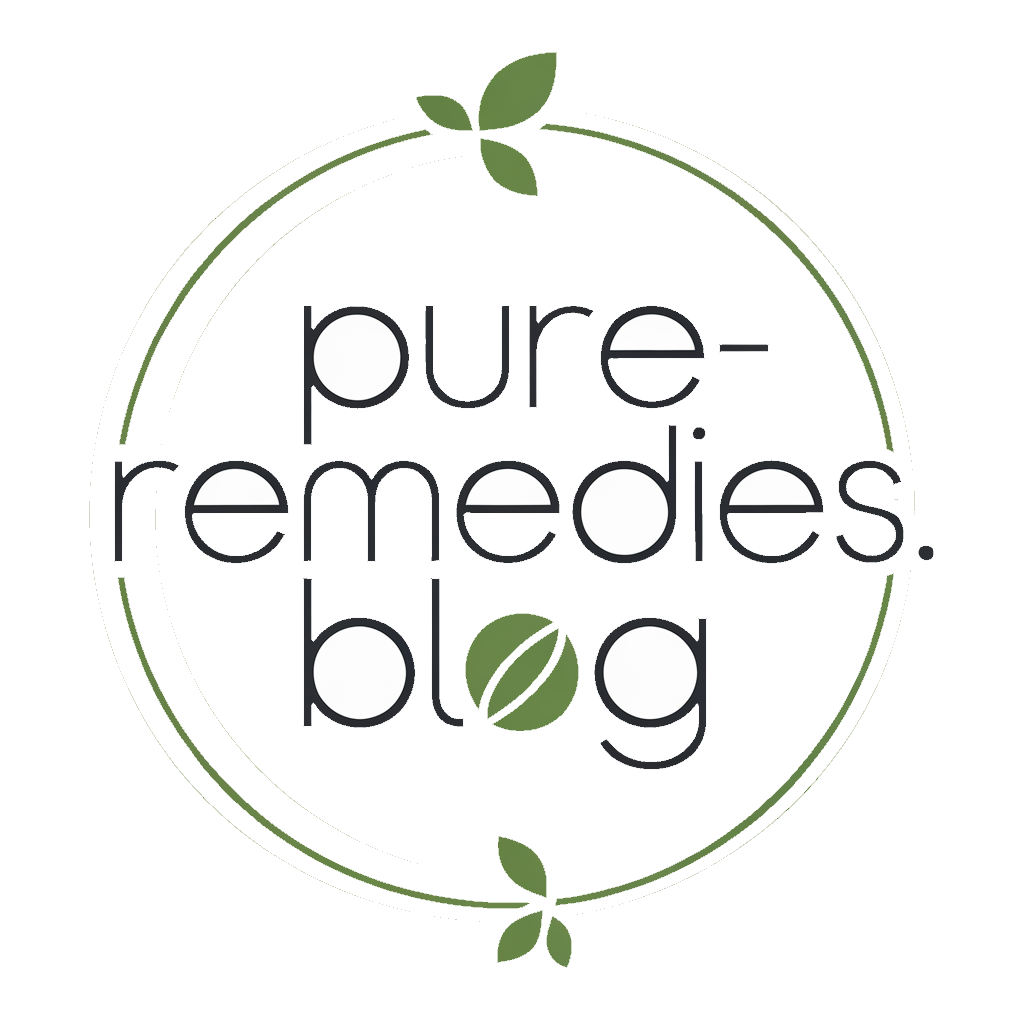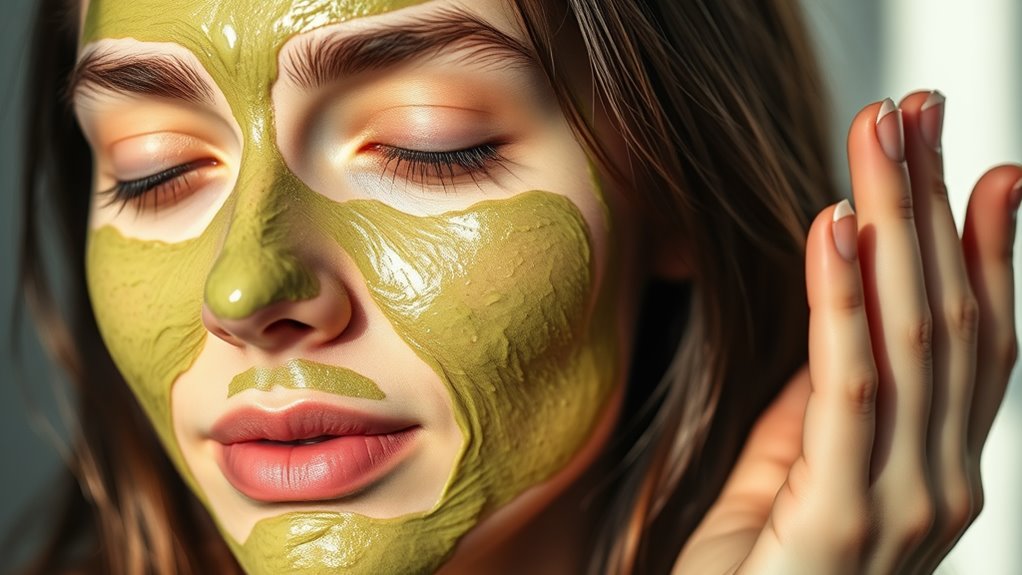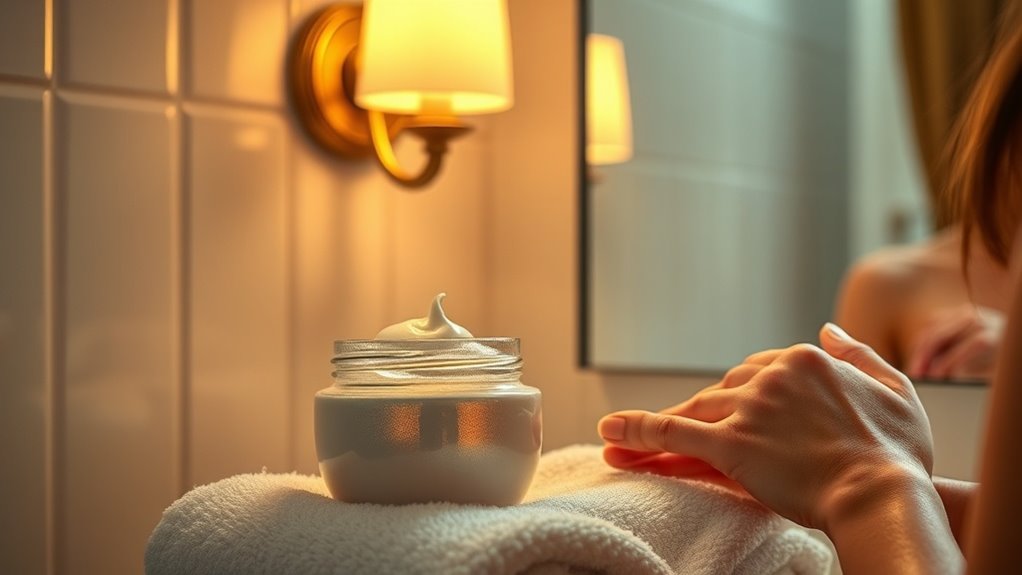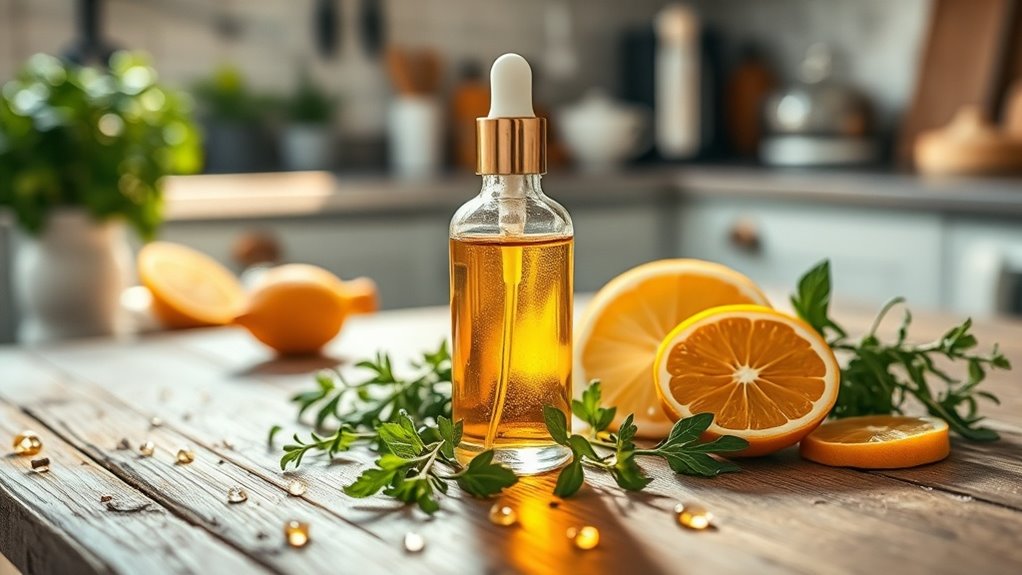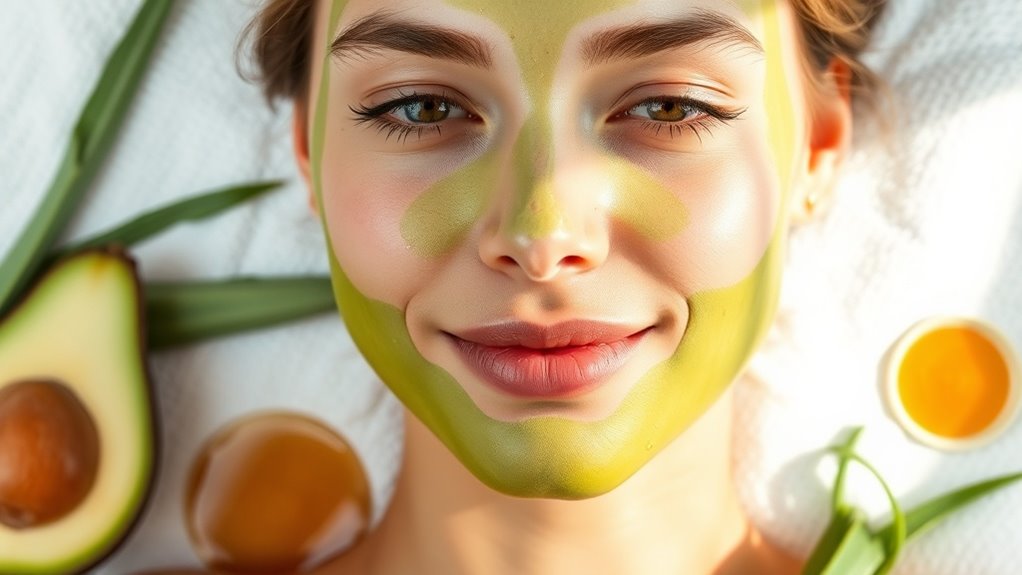Clear Skin Starts Here – This DIY Acne Mask Works Wonders!
You can dramatically reduce acne-causing bacteria by up to 60% with this DIY mask featuring tea tree oil and salicylic acid, key ingredients that unclog pores and fight inflammation. Start by mixing 5 drops of tea tree oil with 1 teaspoon of salicylic acid into a uniform paste, then apply a thin layer to your clean face for 10-15 minutes before rinsing. It’s evidence-based for clearer, smoother skin. Explore the full recipe and tips below to enhance your results.
Key Takeaways
- This DIY acne mask combines tea tree oil and salicylic acid to effectively reduce acne-causing bacteria and unclog pores.
- Prepare by mixing 5 drops of tea tree oil with 1 teaspoon of salicylic acid in a clean bowl for a uniform paste.
- Apply a thin layer to cleansed skin, leave on for 10-15 minutes, then rinse with lukewarm water for optimal results.
- The mask combats inflammation, exfoliates dead cells, and promotes healing for clearer, smoother skin.
- Use 2-3 times weekly, always patch test first, and follow with moisturizer to maintain skin health.
Essential Ingredients
While acne can stem from various factors, you’ll want to focus on evidence-based ingredients that combat bacteria and inflammation effectively. Moreover, incorporating vitamin E can enhance skin repair by addressing oxidative damage.
In acne home treatment, tea tree oil stands out; studies show it reduces Propionibacterium acnes bacteria by up to 60%, minimizing breakouts without harsh side effects.
You’ll also benefit from salicylic acid, which exfoliates dead skin cells and unclogs pores, backed by research in the Journal of the American Academy of Dermatology.
Honey offers antibacterial properties, with evidence from clinical trials indicating it soothes inflammation and promotes healing.
Benzoyl peroxide targets acne-causing bacteria directly, as confirmed in multiple randomized controlled trials.
By selecting these ingredients, you create a targeted, at-home regimen that supports clearer skin through proven mechanisms, avoiding unnecessary additives.
Always patch test to ensure compatibility.
For optimal results, consider using these ingredients in an overnight treatment to help alleviate acne symptoms effectively.
Preparation Steps
To prepare your DIY acne mask, gather the essential ingredients like tea tree oil and salicylic acid, then follow these straightforward steps for a safe, effective mix.
First, measure precise amounts—use 5 drops of tea tree oil for its evidence-based antibacterial effects, as studies show it reduces acne-causing bacteria by up to 40%.
Add 1 teaspoon of salicylic acid, which exfoliates dead skin cells and unclogs pores, backed by research in the Journal of the American Academy of Dermatology.
Combine both in a clean, non-porous bowl to prevent contamination. Stir vigorously for 1-2 minutes until the mixture forms a uniform paste, ensuring even distribution for optimal efficacy and minimal irritation.
Always use fresh ingredients to maintain potency, as oxidation can diminish their benefits.
This method creates a stable blend you can rely on for clearer skin.
Additionally, for a three-ingredient mask, include honey to boost antibacterial properties and promote healing.
Moreover, using natural ingredients like tea tree oil and salicylic acid in this mask can contribute to youthful skin by addressing inflammation and supporting overall skin vitality.
How to Apply
Applying your DIY acne mask effectively starts with cleansing your face to remove dirt and oil, which research in the British Journal of Dermatology links to better absorption and reduced irritation. Once your skin is clean, apply a thin, even layer using clean fingertips or a brush to ensure full coverage without tugging. Let it sit for 10-15 minutes, as studies suggest this timing optimizes ingredient penetration. Gently rinse with lukewarm water and pat dry. For enhanced results with this overnight face mask, consider extending the application time overnight to maximize the effects of the natural ingredients. Additionally, incorporating natural ingredients from home remedies can help address related skin irritations for a more comprehensive approach to clear skin.
| Step | Instructions |
|---|---|
| 1 | Cleanse face thoroughly |
| 2 | Apply mask evenly |
| 3 | Rinse after 10-15 mins |
Skin Benefits
DIY acne masks deliver key benefits for your skin, such as reducing inflammation and unclogging pores, as supported by research in the Journal of the American Academy of Dermatology. Additionally, incorporating essential oils from natural hair growth remedies can enhance skin benefits by providing anti-inflammatory properties that support overall complexion health.
You’ll notice these masks combat acne-causing bacteria, promoting clearer skin through natural ingredients like tea tree oil, which studies in Dermatitis journal show inhibits microbial growth.
This approach enhances your skin’s barrier function, minimizing redness and preventing future breakouts. Active components, such as salicylic acid from willow bark, exfoliate dead cells, allowing better absorption of nutrients and improving texture.
Evidence from clinical trials indicates regular use boosts hydration levels, making your complexion smoother and more resilient.
Moreover, this DIY mask supports acne scar healing by utilizing natural ingredients tailored for reducing scars and improving skin texture.
Additional Tips
Beyond the skin benefits we’ve covered, you’ll find these additional tips help optimize your DIY acne mask routine. Start by patch testing ingredients to avoid irritation, as studies show this reduces adverse reactions. Use fresh, high-quality components for better efficacy, and apply the mask 2-3 times weekly to prevent overuse. For those with sensitive skin prone to inflammation, consider incorporating coconut oil to leverage its anti-inflammatory properties alongside your routine. Combine with hydration and a balanced diet for enhanced results.
| Tip | Benefit |
|---|---|
| Patch test first | Prevents allergic reactions |
| Use fresh ingredients | Ensures maximum potency and safety |
| Apply 2-3 times/week | Allows skin recovery and consistency |
| Moisturize afterward | Maintains the skin’s barrier integrity |
| Stay hydrated | Supports overall skin health and clarity |
Incorporate these for safer, more effective outcomes. Additionally, by exploring cost comparisons in DIY skincare, you can see how these homemade recipes offer significant savings compared to high-end commercial products.
